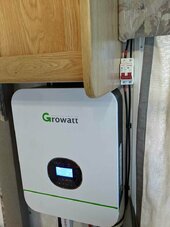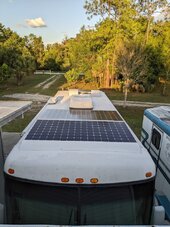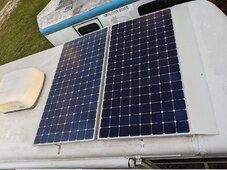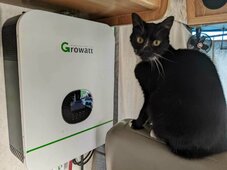The system can handle 6000 watts pushing a single 120v onto both hot feeders.So the one difference is I got be able to hand a 240V input or a 120V input. That is why I was debating on putting the transfer switch in. As far as power is concerned I probably am about 1 AC based on the battery just due to the simple fact I think I will kill the battery too quickly otherwise. I do in fact have 2 ACs in the trailer though. I try and get away with fans whenever I can vs AC and just suffer overnight. I am in the northeast so in general it isn't as bad as it would be south and west. I do like the fact of the ability to use a lot of my stuff I already have for 24V vs 48V but it is mainly fuses or small circuit breakers. I would need a new DC to DC regardless. I also like the redundant factor built in to the 24V system. I do worry about the 3KW starting my AC though.
If 50amp utility power is available then it switches back to 12,000 watts.








